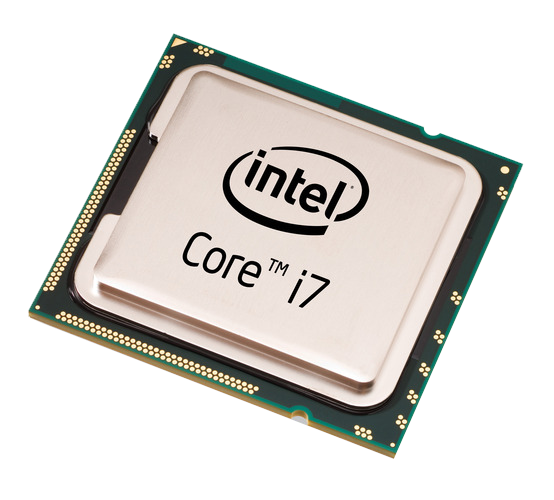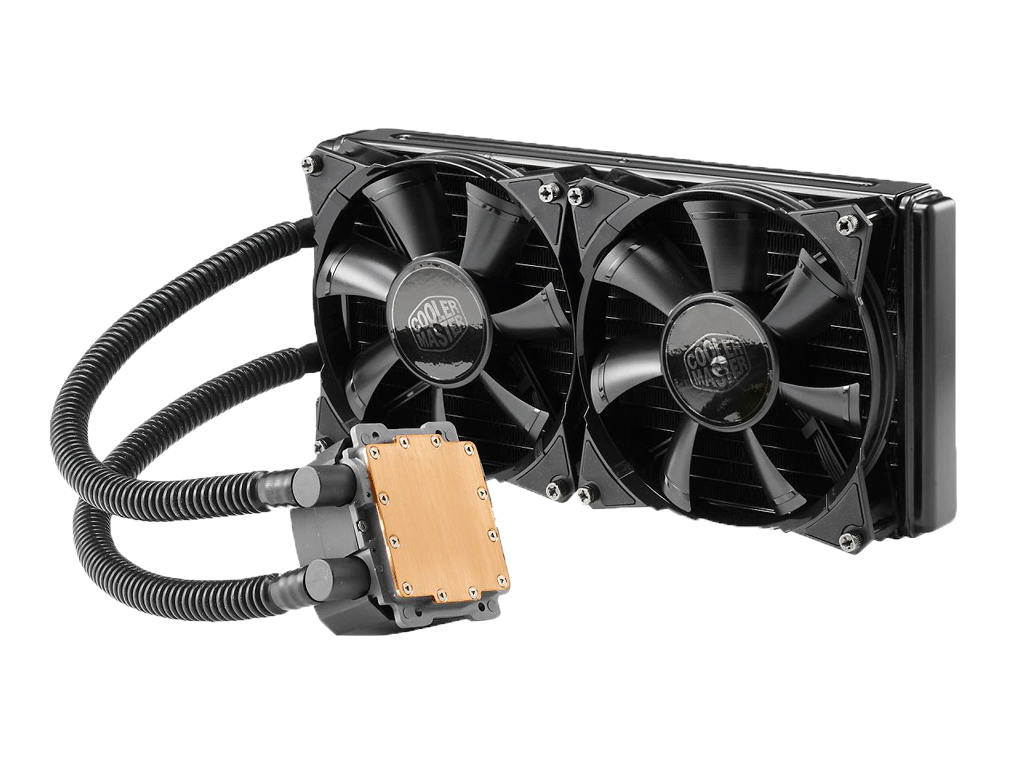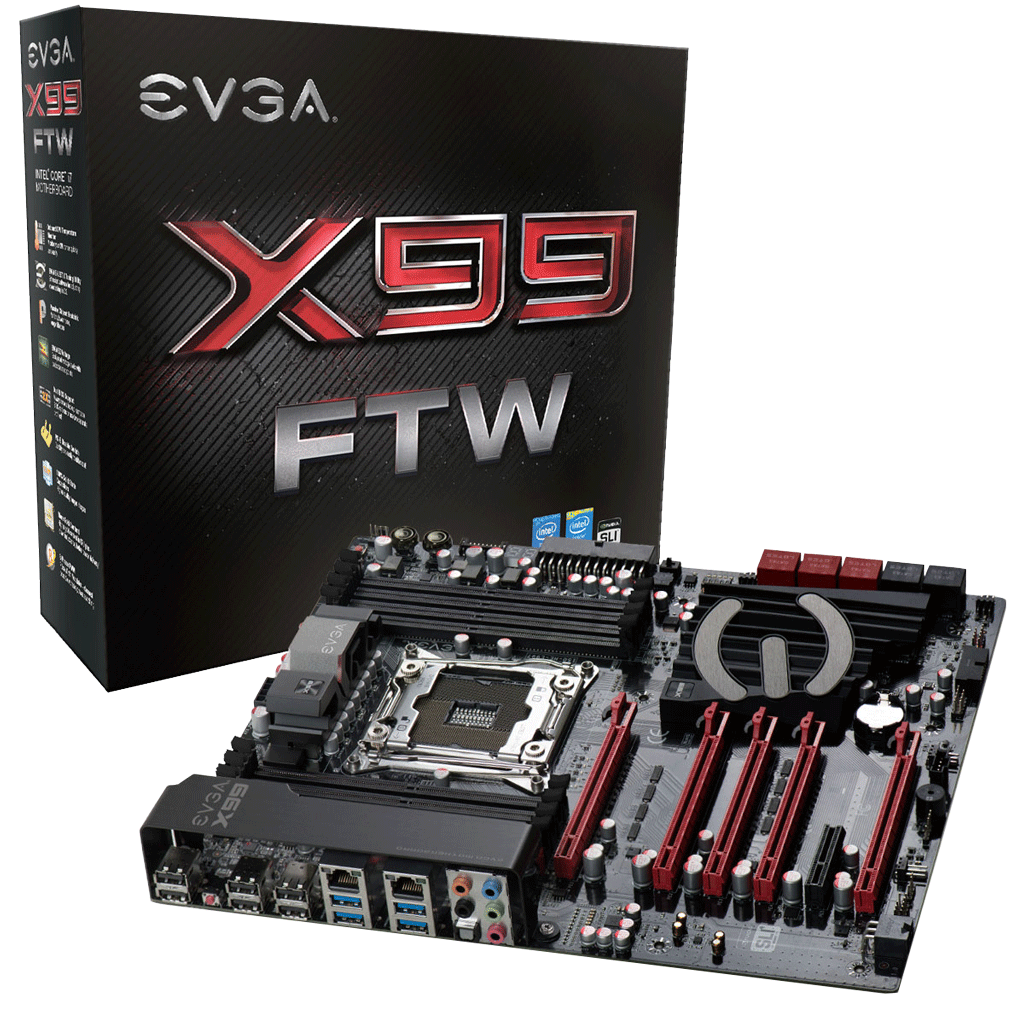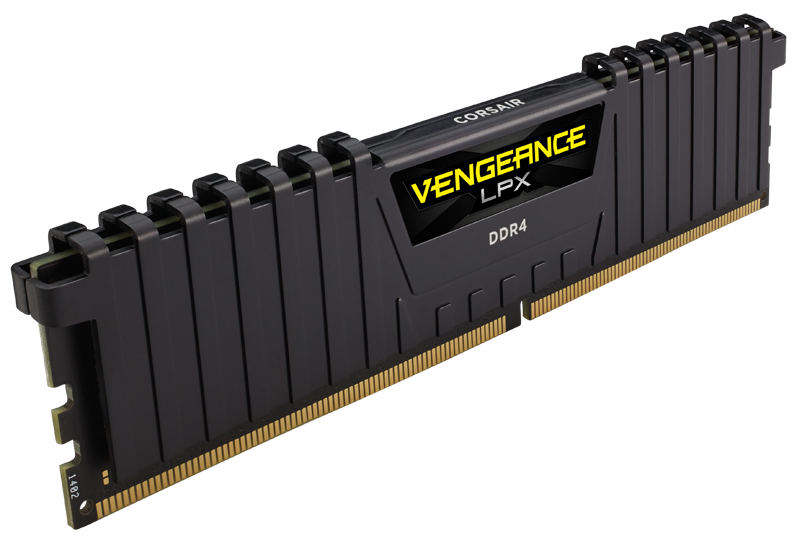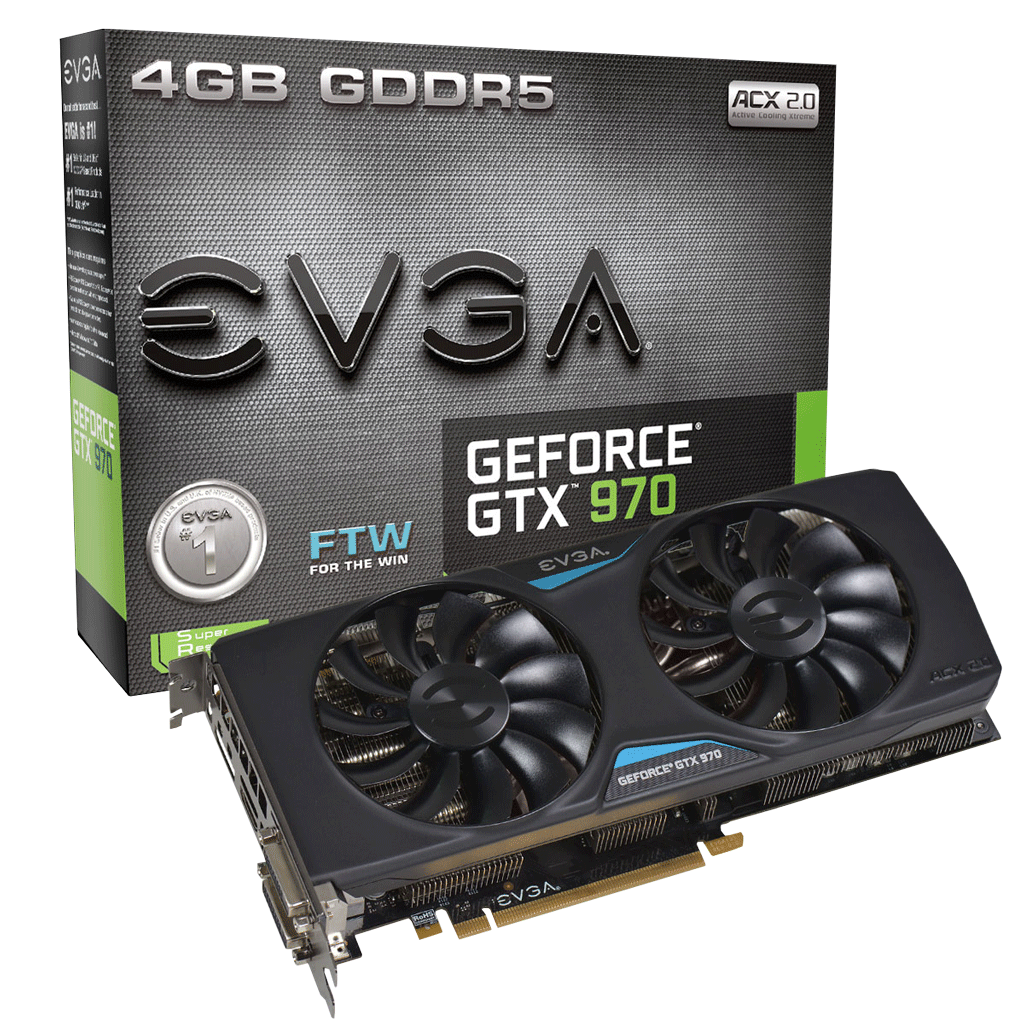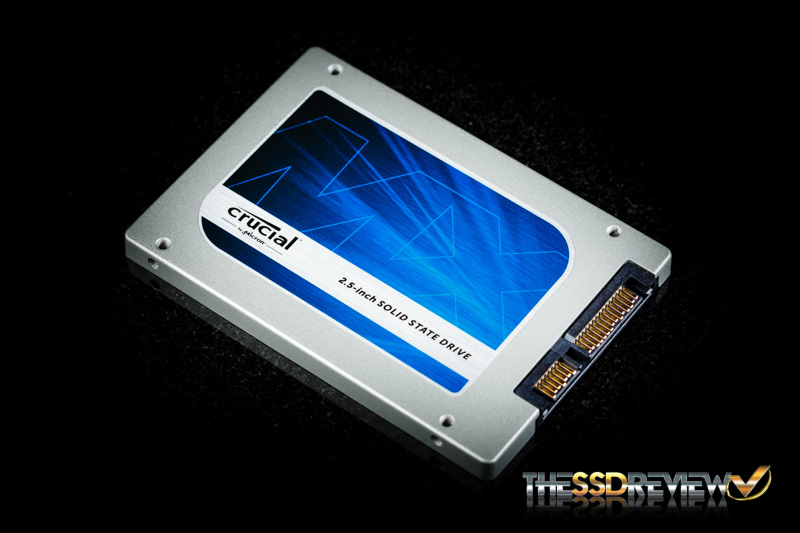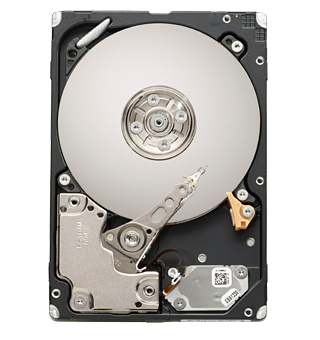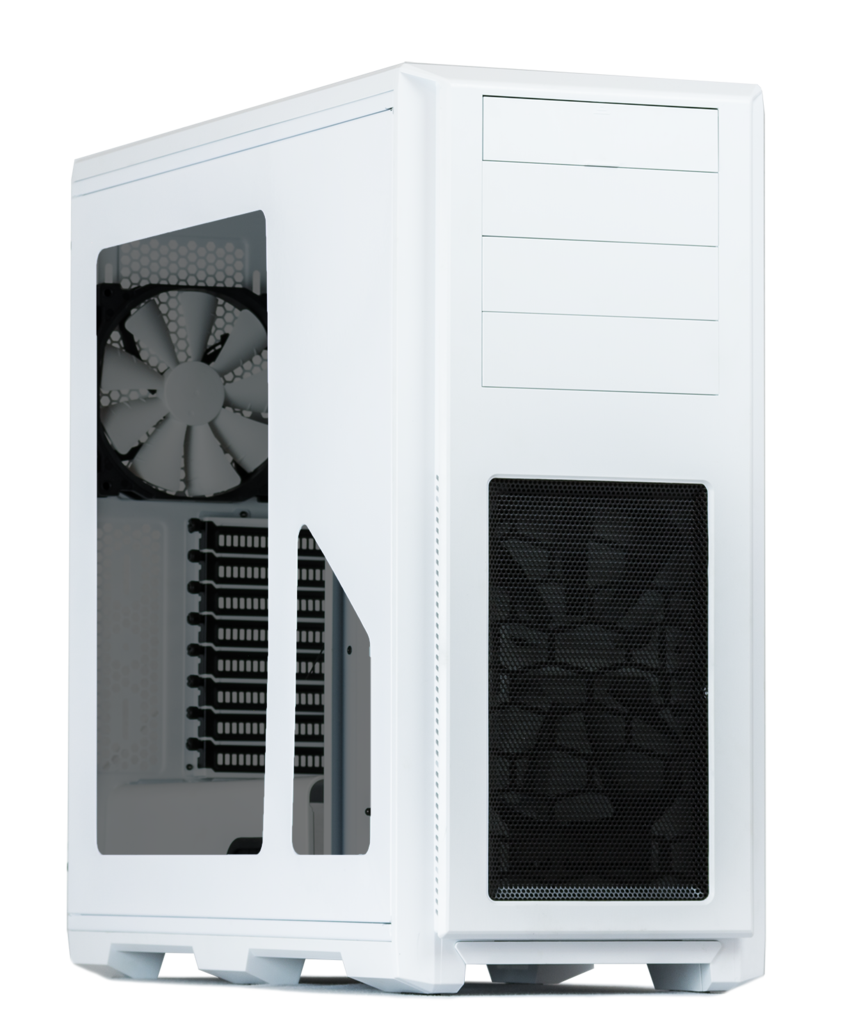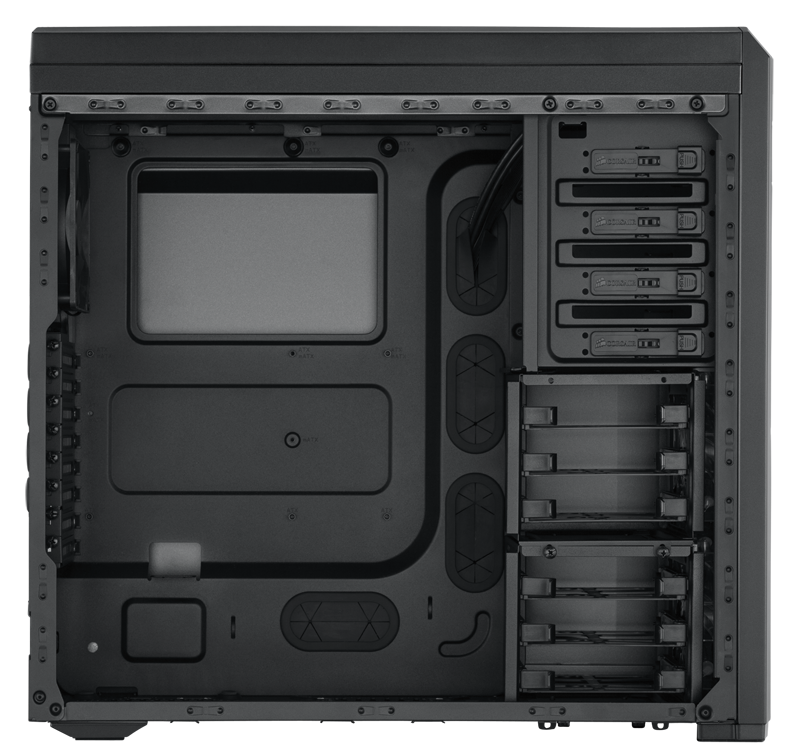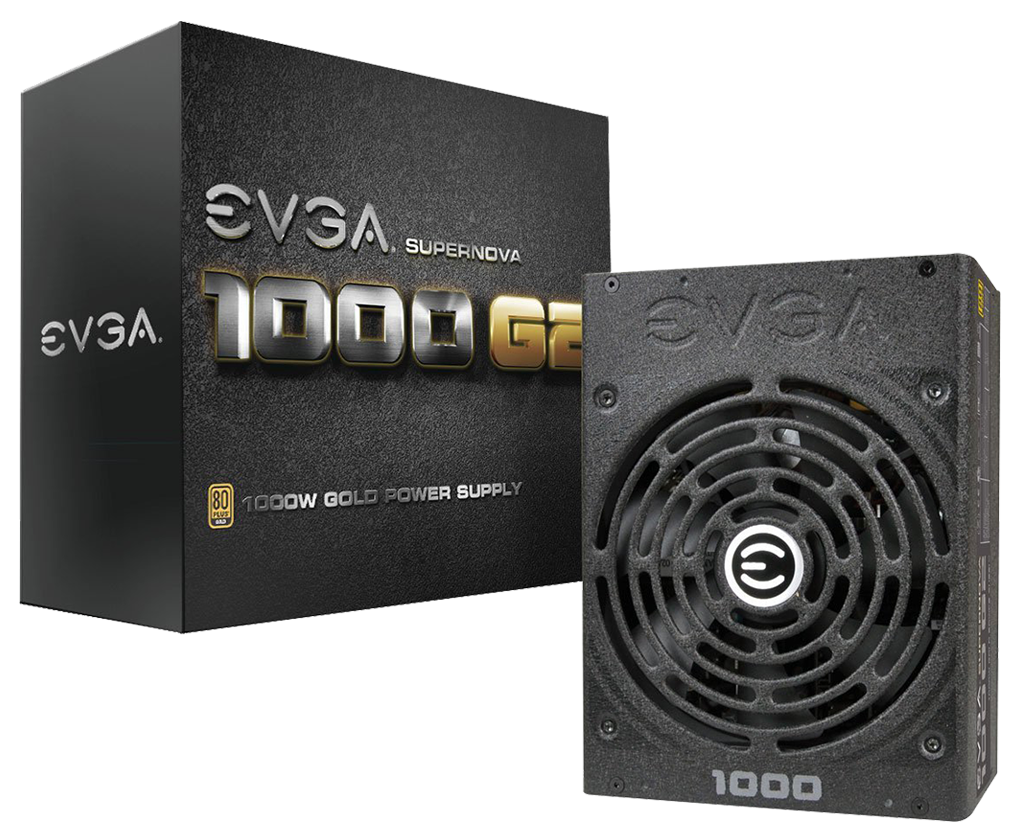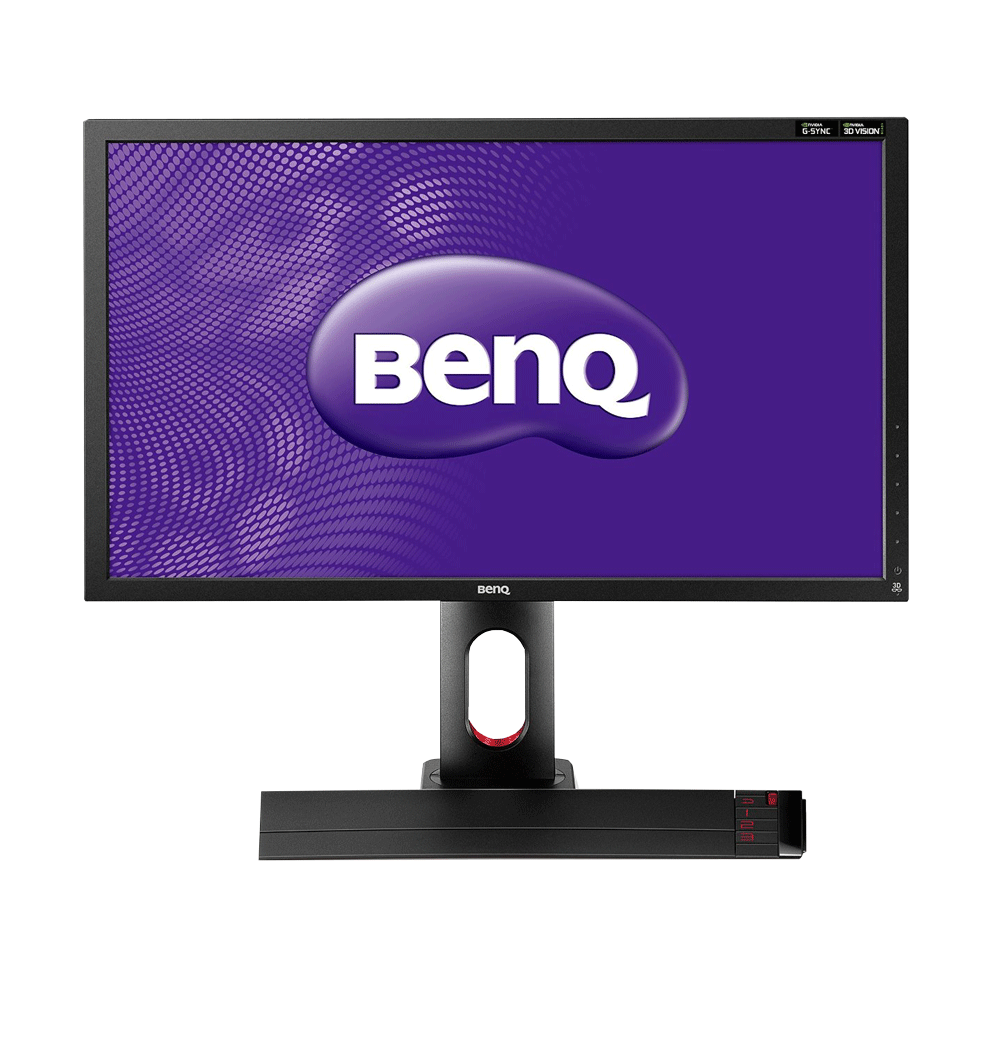This week we have something a bit more on the high end side a G-Sync Surround Gaming Build. This will be our first Build of the week to feature the X99 Platform and will feature triple G-Sync monitors. Yes this is a ultra high end gaming system and is not meant for users looking for budget gaming system, or even a higher end system. This is a top tier enthusiast rig for those looking to get the most out of their favorite games and to look great while doing it, this system is also something that you would feel proud to display as we went for some aesthetic choices.
CPU: Core i7 5820K 3.3 GHz Six-Core $375
The Core i7 5820K features 6 Haswell-E cores, a base clock frequiency of 3.3 GHz and sports fully unlocked multiplier with a L3 Cache of 15MB.
The reason we went for this chip is that while it is the cheapest of the 2011-3 CPUs it is a strong gaming CPU and once overclocked really shines, aside from that its 12 threads are capable multitasking while gaming very well such as, Streaming your gameplay while in a Skype call and never skipping a beat.
Now you may ask why we chose this CPU over the 5930K or the 5960X, well those CPUs are definitely great additions to this build but we felt them unnecessary as most GPUs today do not use the extra PCI lanes afforded by those CPUs if you are considering either CPU we would recommend them both if you budget allows, but in terms of gaming performance they will not add much value, that being said the 5930K should overclock higher as it is binned better and similarly so for the 5960X.
CPU COOLER: Cooler Master Nepton 280L $120
Cooler Master has recently released the Nepton 280L a Closed loop All in One (AIO) that is designed and manufactured by Cooler Master and features their new Jet Flow 140 fans which are designed for static pressure (The kind that you want up against a radiator) and silence, ranging from 800 to 2000 RPM and can produce up to 122.5 CFM at full power.
We went with this cooler because of the price, quality and performance, from custom tubing that is thicker than most other (AIO) coolers and some of the best bundled fans available this cooler is a fantastic candidate for this system in our G-Sync Surround Gaming Build.
MOTHERBOARD: EVGA-X99 FTW $300
We decided to go with the EVGA X99 FTW as it is once of the best boards currently on the market with features like Dual Intel Gigabit LAN, 6 USB 3.0 Ports and 4 USB 2.0 Ports, 10 SATA 3 Ports, 6 Fan headers, Support for up to 128GB of RAM and a 3 year warranty.
One thing that helped aid us in this decision is the design of this motherboard, EVGA did a very solid job in going with the black and red color scheme, this is a very solid choice for overclocking and matches the GPUs we went with.
RAM: Corsair Vengance LPX 16GB DDR4 2400 MHz $299
The Corsair Vengeance LPX is corsair’s high end low profile RAM designed to not interfere with most high end coolers, while still giving the performance, reliability and overclockability that the Vengeance series is known for.
You may ask why we only went with 16GB here rather then say 32 or 64, this is a gaming build after all and 16GB is more then enough for most games today, going for less then 16 on the X99 platform isn’t really a good idea as it isn’t much cheaper. 16GB will be wonderful if you do plan on multitasking while gaming anyways.
The LPX is a solid overclocker if you plan on doing BLCK overclocking which you should!
GPU: 3 EVGA GTX 970 FTW 4GB ACX 2.0 $380 Each
The EVGA GTX 970 FTW Features 4GB of VRAM, a Core Speed of 1216MHz with a Boost Clock of 1367MHz and a Memory Clock of 7010 MHz. The ACX 2.0 Cooler is EVGAs Dual Fan cooler, with swept blades and double ball bearings for performance and lower noise quality. the FTW GPUs are also known for being amazing overclockers as EVGA hand picks the bests chips for these cards.
We went with 3 of them in SLI because this is a G-Sync Surround Gaming Build and part of that is being able to push over 120hz on 3 monitors at once. Right now these are some of the best cards out there and the 970 represents a tremendous value at its current price when you can find one in stock. We are doing a G-Sync Surround Gaming Build, and who wouldn’t want 3 of these cards each powering a monitor. These cards also match the motherboard, which is a nice plus.
Boasting a Read/Write Speed of 550MB/s and 500MB/s respectively the Crucial MX100 is a great SSD and is one of the best selling SSDs on the market today.
We decided to go for a 512GB SSD as we wouldn’t want you to run out of room for all those games you’ll be downloading, this drive is blazing fast and unlike most things in this build a great value buy. For more information check out our sister sites review here
HDD: Seagate Barracuda 3TB $110
The Seagate Barracuda features a standard 3.5″ design, 7200 RPM disk speed, 64MB of cache and SATA 6.0 Gbps interface. It also features Seagate’s OptiCache and AcuTrac technologies for an increased performance of 45% over previous generations.
We decided to go with this drive because of Seagates reliability and it is a great value at its current price. This will provide all the space you will need for older games and other files, such as music, movies and any documents and backups you may need.
CASE: Phanteks Enthoo Pro $100
Phanteks is a rookie when it comes to case design, but the Enthoo Pro is definitely a veteran offering. It is a full tower form-factor, measuring 24 x 16 x 25 inches, features a high quality metal and plastic construction, an entirely modular design meaning the entire case is held together with screws, rather than the traditional rivets making it a case modder’s dream. It also offers superior airflow featuring 1x 200mm front fan and 1x 140mm rear fan and room for plenty of additional fans and lots of room for expansion. It also comes in black or white (pictured above).
What can I say the Phanteks Enthoo Pro is a solid case choice, frankly at the price it is at you’d be hard pressed to find a better case. There are other options but the modularity of the case, to the ease of removing the drive cages, which you may be doing as you have a Tri-SLI build.
CASE HONORABLE MENTION: Corsair Carbide 500R $130
Part of Corsair’s venerable Carbide series the 500R has a sleek and simple design all about functionality, practicality, and simple design. While never losing the premium feel that the Corsair name suggests.
We like this case a lot as a option if you don’t want to display all of the components or if you want to get the windowed side panel, it comes with the included mesh side panel which for this build is kind of an issue. If this isn’t an issue this case is a strong contender and is a solid case choice.
PSU: EVGA SuperNOVA G2 1000W $167
EVGA might be relatively new to the power supply business but based on their quality and reliability, you wouldn’t know it. The SuperNOVA G2 1000w features a fully modular design, 80+ Gold efficiency and high quality Japanese capacitors for long-term reliability.
Yes we realize that this is the 4th week with an EVGA Power supply, there was another PSU we were going with, but it is currently out of stock, as of the time of writing this is one of the best 1000W power supplies available. Plus having another EVGA logo in your system wouldn’t hurt.
Some of you might say that were only using about 750W in this system and this is overkill, to those I would like to say this entire system is overkill and the end user will want the ability to overclock the GPU’s and or CPU at some point.
Display: 3 BenQ G-Sync XL2420 $540
The BenQ XL2420 is the first hybrid G-Sync Monitor with the ability to change from G-Sync mode to BenQ’s Classic mode with a variety of proprietary technologies such as, Motion Blur Reduction, Gaming Refresh Rate Optimization Management, Smart Scaling and more. It is a 24inch 1080P 144Hz LED monitor tailored for gaming.
The reason we decided on this monitor is it is a 144Hz 1080P monitor with G-sync and BenQ’s wonderful gaming suite since this is a gaming build after all.
A large part of this build is based on using nVidia’s G-Sync which is a technology which allows your monitor to
dynamically change its refresh rate to match the number of frames-per-seco
the GPU is currently rendering, instead of at a fixed refresh rate like 60 or
120Hz. This allows for a much smoother experience at lower frame-rates than
ever before possible and eliminates the need for V-Sync (vertical screen).
Something we would like to make clear to anyone reading this article, if you are planning on doing this build, the parts we have suggested are just that, a suggestion, if you would perfer to use a different GPU, Motherboard, Case or whatever else that is up to you. Tell us what you think in the comments below!
 Technology X Tomorrow's Technology Today!
Technology X Tomorrow's Technology Today!

